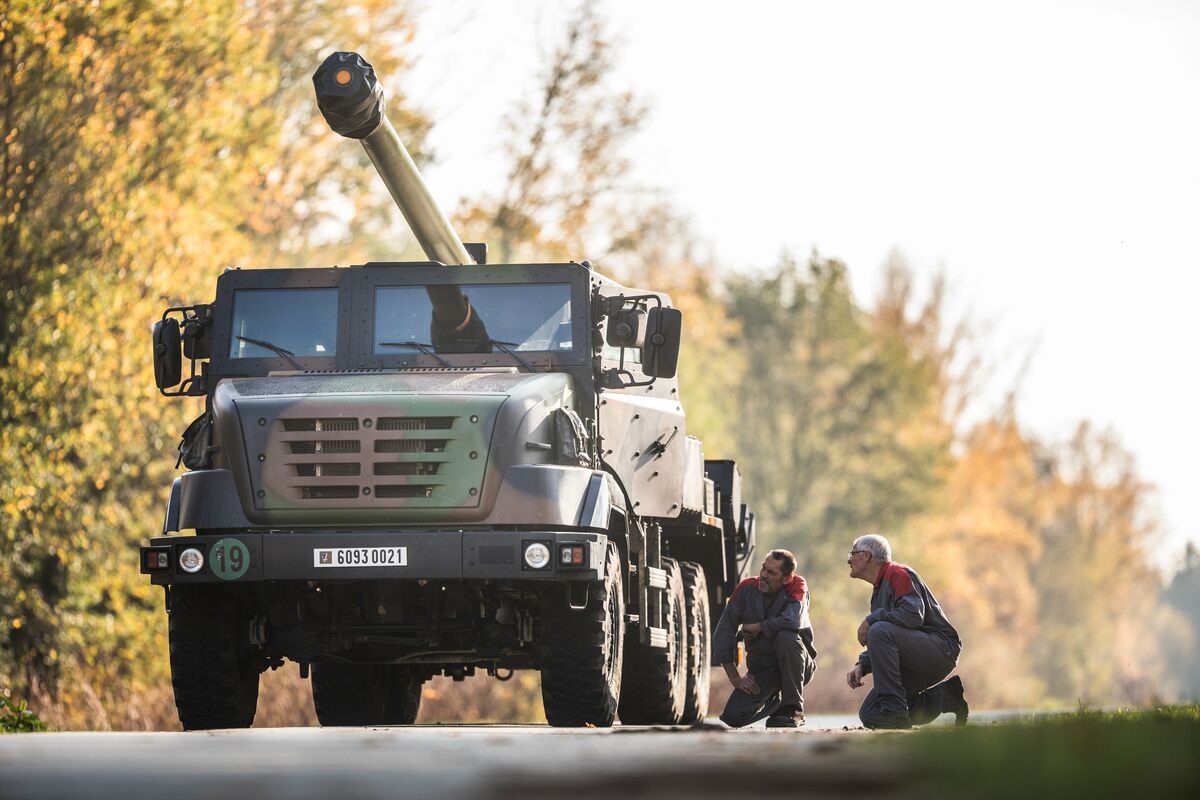Open-source artificial intelligence (AI) is emerging as an essential lever in the field of defense, redefining strategic and operational perspectives. By offering flexibility of use and continuous improvement, these accessible technologies enable countries, military organizations and businesses to rethink their defense priorities. The dissemination of open-source AI tools not only offers innovative solutions, but also promotes international collaboration and the exchange of knowledge, while removing technological barriers. Thus, it becomes essential to explore how this approach could transform traditional security considerations, integrating open innovation into the heart of modern decision-making processes and defense strategies.
Table des matières
ToggleThe benefits of open-source AI models for defense

THE open-source AI models open new avenues to transform the way defense priorities are addressed. By enabling transparency and access to data, these models promote innovation and collaboration across the public and private sectors. This dynamic could reshape the way technologies are integrated into defense systems.
In the defense context, benefits include:
- Improving supplier diversity : Access to open-source models could reduce market concentration and foster a more diverse supply chain.
- Cost reduction : By removing entry barriers for new developers, lower acquisition costs for AI-based systems can be anticipated.
- Support for innovation : Open source accelerates the development of solutions adapted to the specific needs of the military, by allowing customization with varied attributes.
Challenges associated with adopting open-source AI
Despite its advantages, the integration of open-source AI models in defense is not without its challenges. Reviews often mention the potential for malicious use and the difficulty of ensuring data security.
The main challenges include:
- Security risks : Opening models may raise concerns about their use by malicious actors.
- Stability and reliability : Open-source models might have performance gaps, requiring constant attention to ensure reliability.
A collaborative future thanks to AI
THE open-source AI models promote a collaborative environment between developers, researchers and defense agencies. By opening the models to a wider community, we encourage the problem of
transparency and peer review, which can strengthen security and theefficiency weapons systems and defense applications.
Additionally, incorporating feedback from diverse users can help adapt and refine AI models to meet the specific needs of the defense sector.
Economic and strategic issues
THE open-source AI models do not only have technical implications; they also carry economic and strategic issues. But from an economic perspective, supporting open-source can lead to healthy competition between various vendors, resulting in lower costs for AI systems involved in defense operations.
Strategically, US competitiveness in AI is essential to maintaining military superiority. Authorities should consider:
- Increased support for open-source initiatives : To avoid losing out to countries like China, it is necessary to invest in new technologies adapted to open-source AI models.
- A favorable regulatory policy : Establish a regulatory framework aimed at fostering innovation while ensuring national security.
Zero separation between sectors
Shifting to open-source defense AI could blur the conventional divide between the private and military sectors. By fostering an ecosystem where the innovations of a company or university researchers are quickly integrated into military systems, we create a beneficial synergy for all sectors involved.
This approach reinforces the idea that, to remain competitive and innovative, the public and private sectors must not only work together, but also adopt a joint vision of benefits of open-source AI.
Y Combinator lance un nouveau projet d'IA open-source pour contrer les géants de la tech. Une initiative qui promet de démocratiser l'accès à l'IA et de stimuler l'innovation. Affaire à suivre. https://t.co/SVpVj8Wy86
— Vincent Champain (@vchampain) July 28, 2024























